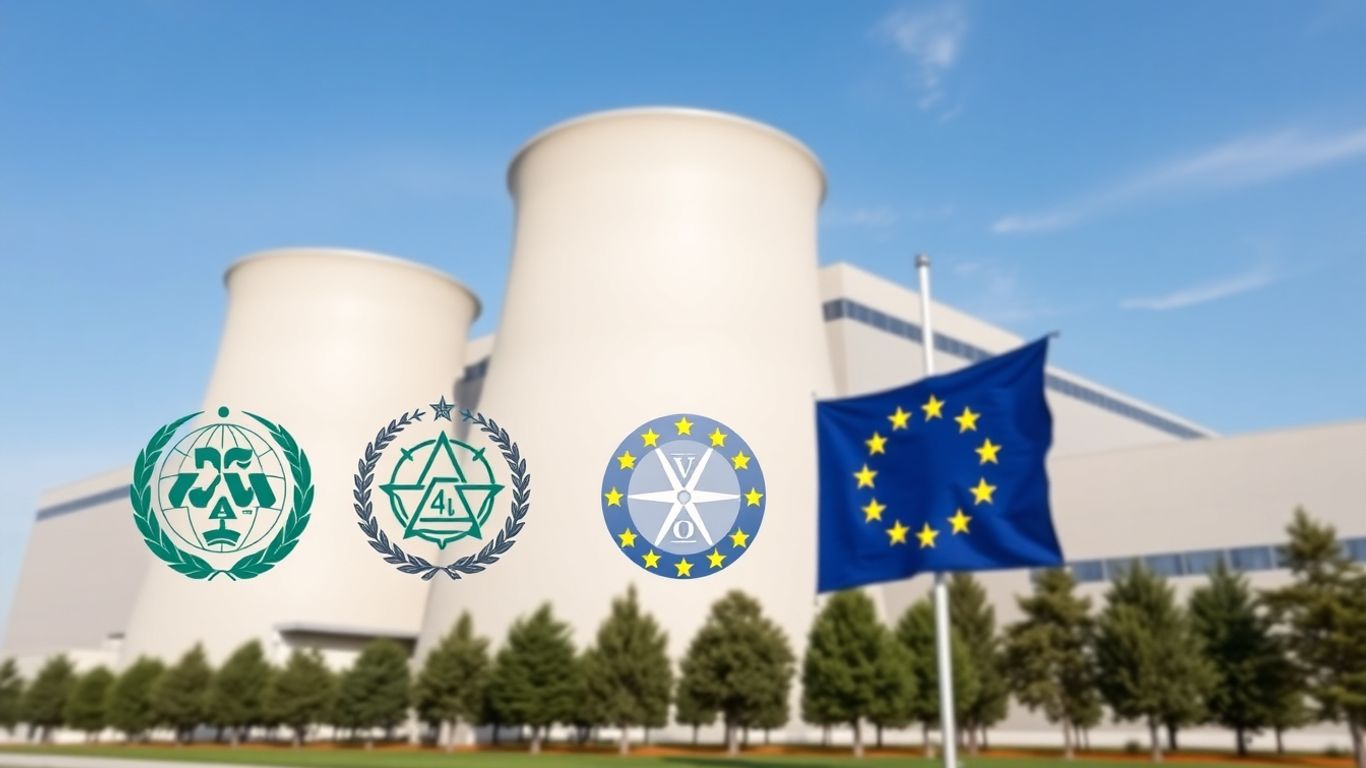A European consortium focused on developing the advanced Eagles-300 lead-cooled small modular reactor (SMR) has signed a groundbreaking agreement with the nuclear regulators of Belgium, Italy, and Romania. This collaboration marks the official commencement of an international pre-licensing initiative aimed at harmonizing regulatory approaches and accelerating the global deployment of next-generation nuclear technology.
Key Takeaways
- The Eagles consortium, comprising Ansaldo Nucleare, Enea, Raten, and SCK CEN, is pioneering an international pre-licensing effort for its Eagles-300 SMR.
- This initiative is the first pilot project under the IAEA’s Nuclear Harmonisation and Standardisation Initiative.
- The goal is to streamline licensing processes, reduce duplication, and enhance the scalability of SMRs for worldwide adoption.
Harmonizing Global SMR Deployment
The Eagles-300 is envisioned as a next-generation lead-cooled SMR with a target commercialization and deployment date of 2039. The consortium aims to improve standardization and harmonization for the reactor design, recognizing that differing national licensing procedures can hinder the efficient, serial production and deployment of SMRs. By engaging regulators early in the development process, the project seeks to align safety standards and regulatory expectations, thereby simplifying future licensing across different countries.
Advancing Europe’s Nuclear Leadership
Established in June, the Eagles consortium is committed to reinforcing Europe’s position in advanced nuclear reactor technology. This aligns with European Union energy policies that prioritize reliable, low-carbon energy sources. The Eagles-300 is designed to provide affordable, decarbonized energy, setting a new benchmark for SMRs.
Eagles-300: Features and Advantages
The Eagles-300 plant is designed for high power output and grid flexibility, making it suitable for electricity generation, industrial heat supply, and hydrogen production. Its modular design promises reduced construction investment, faster build times, and flexible deployment options compared to traditional nuclear power plants. The reactor will utilize mixed-oxide nuclear fuel, incorporating recycled materials to minimize radioactive waste and enhance sustainability. Lead cooling offers significant safety advantages due to lead’s extremely high boiling point, eliminating the risk of coolant boiling and simplifying the reactor’s design for improved economic performance.












